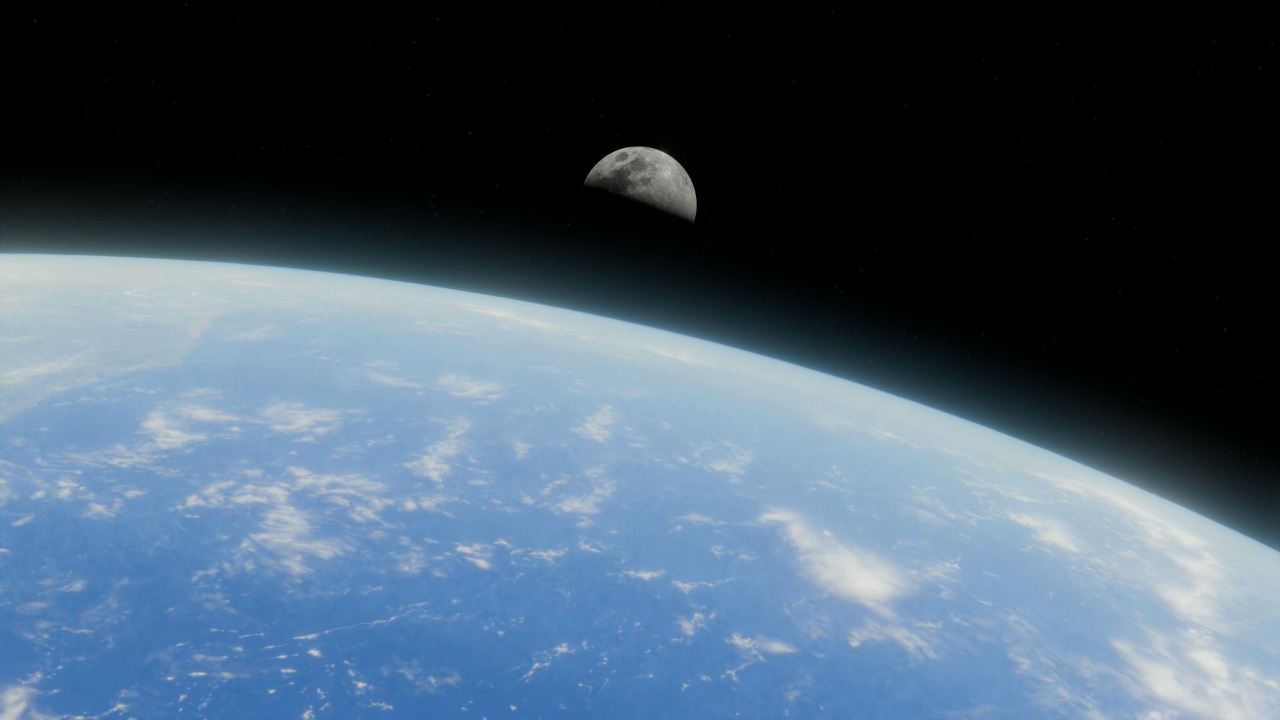
NASA has confirmed that Earth has gained a temporary cosmic companion in the form of asteroid 2025 PN7, which will orbit our planet for the next 58 years. This quasi-moon, also known as a temporary mini-moon, is not visible to the naked eye but represents a rare astronomical event. As it orbits Earth until 2083, it offers unique opportunities for scientific study and public interest in astronomy.
What is Earth’s Second Moon?
Asteroid 2025 PN7 is classified as a quasi-moon, a type of celestial body that temporarily orbits a planet due to gravitational forces. Unlike our primary moon, this asteroid is significantly smaller and does not have the same visual presence in the night sky. According to NASA, 2025 PN7 is an extra ‘moon’ that has been captured by Earth’s gravity, making it a temporary satellite. The asteroid’s size and its orbital path distinguish it from our permanent moon, as it follows a more erratic trajectory influenced by both Earth and the Sun. The orbital mechanics of 2025 PN7 allow it to act as a cosmic companion without being a true moon. Its path is determined by a delicate balance of gravitational forces, which keep it in a stable orbit around Earth. This phenomenon is not entirely unique, but it is rare enough to capture the attention of astronomers and the public alike. The asteroid’s presence offers a fascinating glimpse into the dynamics of celestial bodies and their interactions with planetary systems.
How Did This Quasi-Moon Form?
The discovery of this temporary mini-moon was made possible through NASA’s ongoing efforts to track near-Earth objects. The agency’s vigilant monitoring of the skies led to the identification and confirmation of 2025 PN7 as a quasi-moon. The process of gravitational capture, where an asteroid is drawn into a stable orbit around a planet, is a complex event that requires precise conditions. In the case of 2025 PN7, these conditions aligned perfectly, allowing it to become a temporary satellite of Earth for the next 58 years. Such events are rare, making the presence of 2025 PN7 a significant occurrence in the field of astronomy. NASA’s confirmation of this second “moon” highlights the importance of continuous observation and study of near-Earth objects. By understanding the mechanisms behind gravitational capture, scientists can gain insights into the formation and evolution of our solar system. This knowledge not only enhances our understanding of celestial dynamics but also informs future space exploration efforts.
Visibility and Observation Tips
Despite its status as a second moon, asteroid 2025 PN7 is too small to be seen with the naked eye. However, skywatchers can observe it using telescopes or specialized apps designed for tracking celestial objects. For those in locations like Charleston, SC, there are specific tips for viewing this temporary mini-moon. Utilizing a telescope with a high magnification setting can help bring the asteroid into view, while astronomy apps can provide real-time tracking information to assist in locating it in the sky. Optimal viewing times and conditions for observing 2025 PN7 will vary over its 58-year duration. Clear skies and minimal light pollution will enhance visibility, making it easier to spot the asteroid through a telescope. As the asteroid continues its orbit around Earth, enthusiasts and amateur astronomers alike can take advantage of these opportunities to witness this rare celestial event. The presence of 2025 PN7 serves as a reminder of the dynamic nature of our solar system and the ever-changing dance of celestial bodies.
Implications for the Next 58 Years
The scientific benefits of studying asteroid 2025 PN7 are numerous. By observing this quasi-moon, researchers can gain valuable insights into the processes that govern the formation and evolution of the solar system. The asteroid’s unique orbit and composition offer a wealth of information that can enhance our understanding of celestial mechanics and the history of our planetary neighborhood. NASA’s plans for ongoing observation of this extra ‘moon’ will ensure that these opportunities are fully explored. In addition to scientific research, the presence of 2025 PN7 also presents potential risks and opportunities. While the asteroid poses no immediate threat to Earth, its orbit will be closely monitored to ensure that any changes are detected early. This vigilance is crucial for maintaining the safety of our planet and for advancing our knowledge of near-Earth objects. Furthermore, the quasi-moon’s presence could inspire public interest in astronomy, encouraging more people to engage with the wonders of the night sky and the mysteries of the universe. As we look to the future, the presence of 2025 PN7 as a temporary cosmic companion offers a unique opportunity to deepen our understanding of the cosmos. Its orbit around Earth until 2083 provides a rare chance to study an asteroid in detail, contributing to our knowledge of the solar system and the forces that shape it. This quasi-moon serves as a testament to the dynamic nature of our universe and the ongoing quest for discovery and exploration.
More from MorningOverview